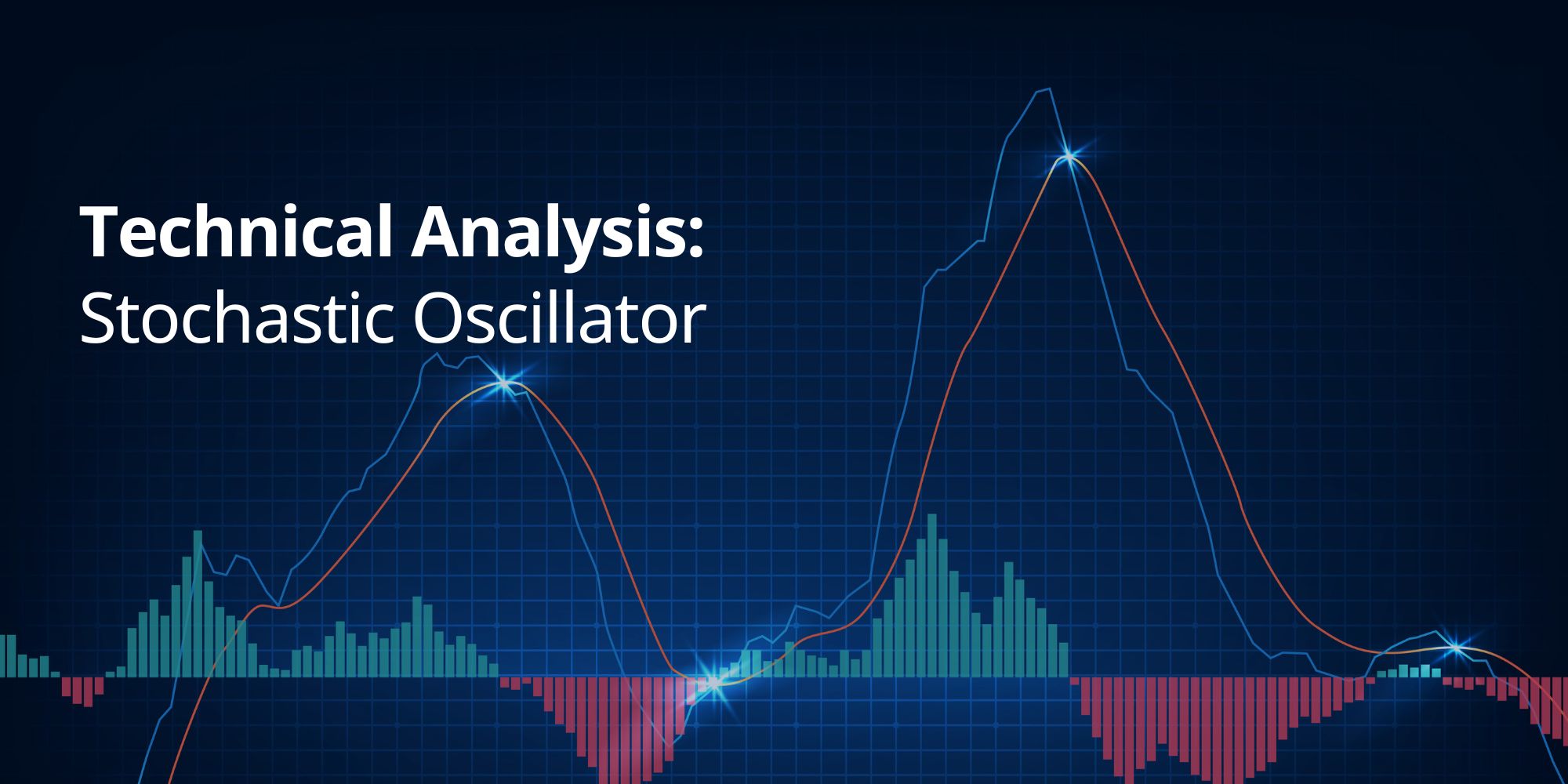Introduction
Swing trading is a popular strategy that allows traders to profit from short- to medium-term price swings in the market. It offers a balance between the frequent trades of scalping and the longer-term holds of traditional investing.
This guide from Plexytrade explores the fundamentals of swing trading, including key indicators and effective strategies. Learn how to identify trends, time your entries and exits, and manage risk to maximize your swing trading potential.
What is Swing Trading?
Swing trading is a style of trading where you aim to profit from short- to medium-term price swings in a financial asset. Instead of holding positions for just a few minutes or hours like day traders, swing traders typically hold their trades for several days or even weeks.
How Swing Trading Works
Swing traders use a combination of technical and fundamental analysis to make trading decisions.
- Technical Analysis: This involves analyzing charts, identifying trends, and using technical indicators to spot potential entry and exit points.
- Fundamental Analysis: This involves considering factors such as economic news, company earnings reports, and industry trends to assess the overall market environment.
Risk Management in Swing Trading
Swing traders use various risk management techniques to protect their capital:
- Stop-Loss Orders: These orders automatically close your trade if the price moves against you by a certain amount, limiting potential losses.
- Position Sizing: Carefully determine the size of your positions to avoid risking too much of your capital on any single trade.
- Diversification: Spread your risk across multiple trades and asset classes.
Benefits of Swing Trading
- Flexibility: Swing trading offers more flexibility than day trading, as it doesn’t require constant monitoring of the market.
- Potential for Higher Profits: By capturing larger price swings, swing traders have the potential to generate higher profits than day traders.
- Reduced Stress: Swing trading can be less stressful than day trading, as it doesn’t require the same level of intense focus and rapid decision-making.
Plexytrade provides an ideal environment for swing trading, with advanced trading platforms, competitive spreads, and a wide range of trading instruments. Our educational resources and market insights can help you develop effective swing trading strategies.
Common Swing Trading Strategies
Swing traders use a variety of strategies to capture profits from short- to medium-term price swings in the market. Here are some of the most common approaches:
- Trend Following: This strategy involves identifying a strong trend (uptrend or downtrend) and entering trades in the direction of that trend. Swing traders might use technical indicators, such as moving averages, to confirm the trend and identify potential entry and exit points.
- Support and Resistance Trading: Support and resistance levels are price levels where an asset’s price tends to stall or reverse. Swing traders often buy near support levels, where they expect the price to bounce, and sell near resistance levels, where they expect the price to pull back.
- Breakout Trading: A breakout occurs when the price of an asset moves decisively through a key support or resistance level. Swing traders might enter trades after a breakout, anticipating that the price will continue to move in the breakout direction.
- Pullback Trading: A pullback is a temporary retracement in the price of an asset within a larger trend. Swing traders might use pullbacks as opportunities to enter trades in the direction of the prevailing trend at a more favorable price.
- Indicator-Based Trading: Swing traders often use technical indicators, such as the Relative Strength Index (RSI), Moving Average Convergence Divergence (MACD), or Stochastic Oscillator, to identify overbought or oversold conditions, confirm trends, and generate trading signals.
Choosing the Right Strategy
The best swing trading strategy for you will depend on your individual trading style, risk tolerance, and time commitment. Some traders prefer trend-following strategies, while others might focus on breakouts or pullbacks. It’s essential to experiment with different strategies and find what works best for you.
Technical Indicators for Swing Trading
Swing traders rely on technical indicators to analyze price charts, identify trends, and make informed trading decisions. Here are some of the most popular indicators used in swing trading:
- Relative Strength Index (RSI): This momentum oscillator measures the magnitude of recent price changes to evaluate overbought or oversold conditions in the price of a stock or other asset. Traders often look for divergences between the RSI and price action to anticipate potential reversals.
- Moving Average Convergence Divergence (MACD): This trend-following momentum indicator shows the relationship between two moving averages of prices. A crossover of the MACD line above the signal line can suggest a bullish trend, while a crossover below might indicate a bearish trend.
- Bollinger Bands: These bands plot standard deviations around a moving average, helping to identify overbought and oversold conditions, as well as potential price breakouts or reversals.
- Moving Averages: These are trend-following indicators that smooth out price data to make it easier to identify the direction of a trend. Crossovers of different moving averages can signal potential buy or sell opportunities.
- Fibonacci Retracement: This tool is based on the Fibonacci sequence and is used to identify potential support and resistance levels. Traders often look for price retracements to these Fibonacci levels within a trend.
- Volume: Volume is a measure of how much of a security is traded over a given period. High volume can confirm the strength of a trend, while low volume might suggest a weakening trend or a potential reversal.
Using Indicators Effectively
Swing traders often use a combination of indicators to confirm trading signals and improve their accuracy. It’s important to understand how each indicator works and how to interpret its signals in the context of the overall market environment.
Plexytrade provides traders with access to a wide range of technical indicators and charting tools on its advanced trading platforms. Our educational resources and market insights can help you learn how to use these tools effectively and enhance your swing trading strategies.
Swing Trading vs. Day Trading: Key Differences
Swing trading and day trading are two popular trading styles, but they have distinct characteristics that make them suitable for different types of traders.
Holding Period:
- Swing Trading: Positions are held for several days to weeks, aiming to capture larger price swings within a trend.
- Day Trading: Positions are opened and closed within the same trading day, aiming to profit from short-term price fluctuations.
Profit Targets:
- Swing Trading: Seeks to capture larger price moves, typically aiming for profits of 5% to 10% or more per trade.
- Day Trading: Focuses on smaller, more frequent profits, often aiming for gains of 1% to 2% per trade.
Risk Exposure:
- Swing Trading: Exposed to overnight risk due to holding positions overnight, but this can be mitigated with stop-loss orders and other risk management techniques.
- Day Trading: Avoids overnight risk, but faces intraday volatility and the need for quick decision-making.
Time Commitment:
- Swing Trading: Requires less time commitment, as positions are held for longer periods and don’t need constant monitoring.
- Day Trading: Requires significant time commitment, as traders need to actively monitor the market throughout the trading day.
Technical Analysis:
- Swing Trading: Focuses on longer-term charts (daily, weekly) to identify trends and swing points.
- Day Trading: Relies on shorter-term charts (1-minute, 5-minute) to identify intraday price movements and patterns.
Which Style is Right for You?
The best trading style for you depends on your:
- Time commitment: How much time can you dedicate to trading?
- Risk tolerance: How much risk are you comfortable taking?
- Trading goals: What are your profit targets and trading objectives?
Swing Trading: Capture Market Opportunities with Plexytrade
Swing trading offers a flexible and potentially profitable approach for traders who want to capitalize on short- to medium-term price movements in the market. It provides a balance between the frequent trades of day trading and the longer-term holds of traditional investing.
Plexytrade provides the ideal environment for swing traders, offering:
- Advanced Trading Platforms: Our MT4 and MT5 platforms provide the tools and features you need to analyze charts, identify trends, and execute trades effectively.
- Competitive Spreads: Our tight spreads, starting from 0.0 pips, minimize your trading costs and maximize your profit potential.
- Diverse Instruments: Trade a wide range of assets, including forex, indices, commodities, and cryptocurrencies.
- Comprehensive Tools: Access a variety of technical indicators, charting tools, and educational resources to enhance your swing trading strategies.
- Expert Support: Our 24/5 customer support team is always available to assist you with any questions or challenges you may encounter.
Ready to start your swing trading journey?
- Open a Plexytrade account today and explore our advanced trading platforms.
- Practice your swing trading strategies risk-free with our demo account.
- Start live trading with a minimum deposit of just $50.
Join the Plexytrade community and experience the benefits of trading with a broker who understands the needs of swing traders. Visit Plexytrade.com now to register and unlock your full trading potential.















